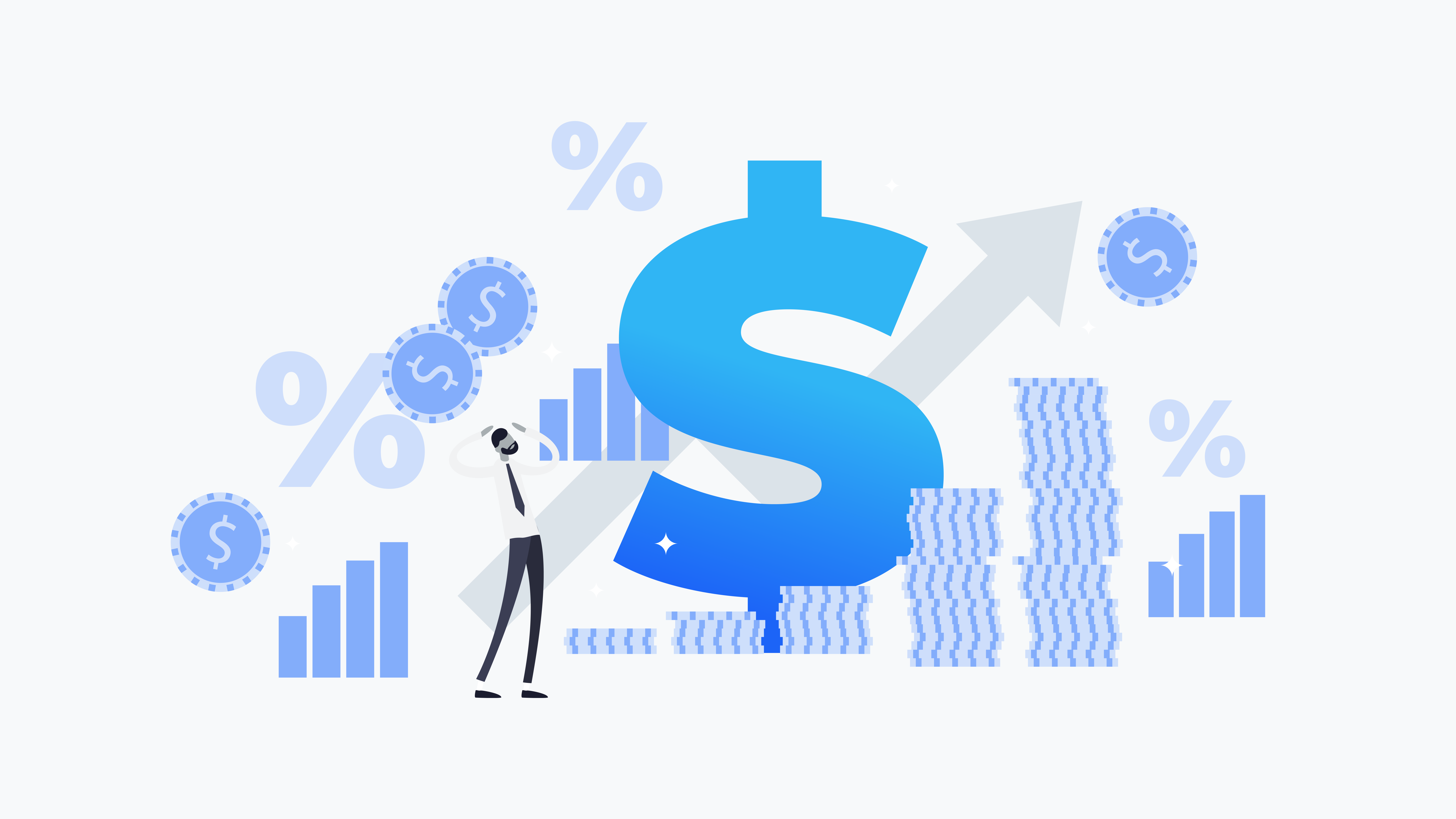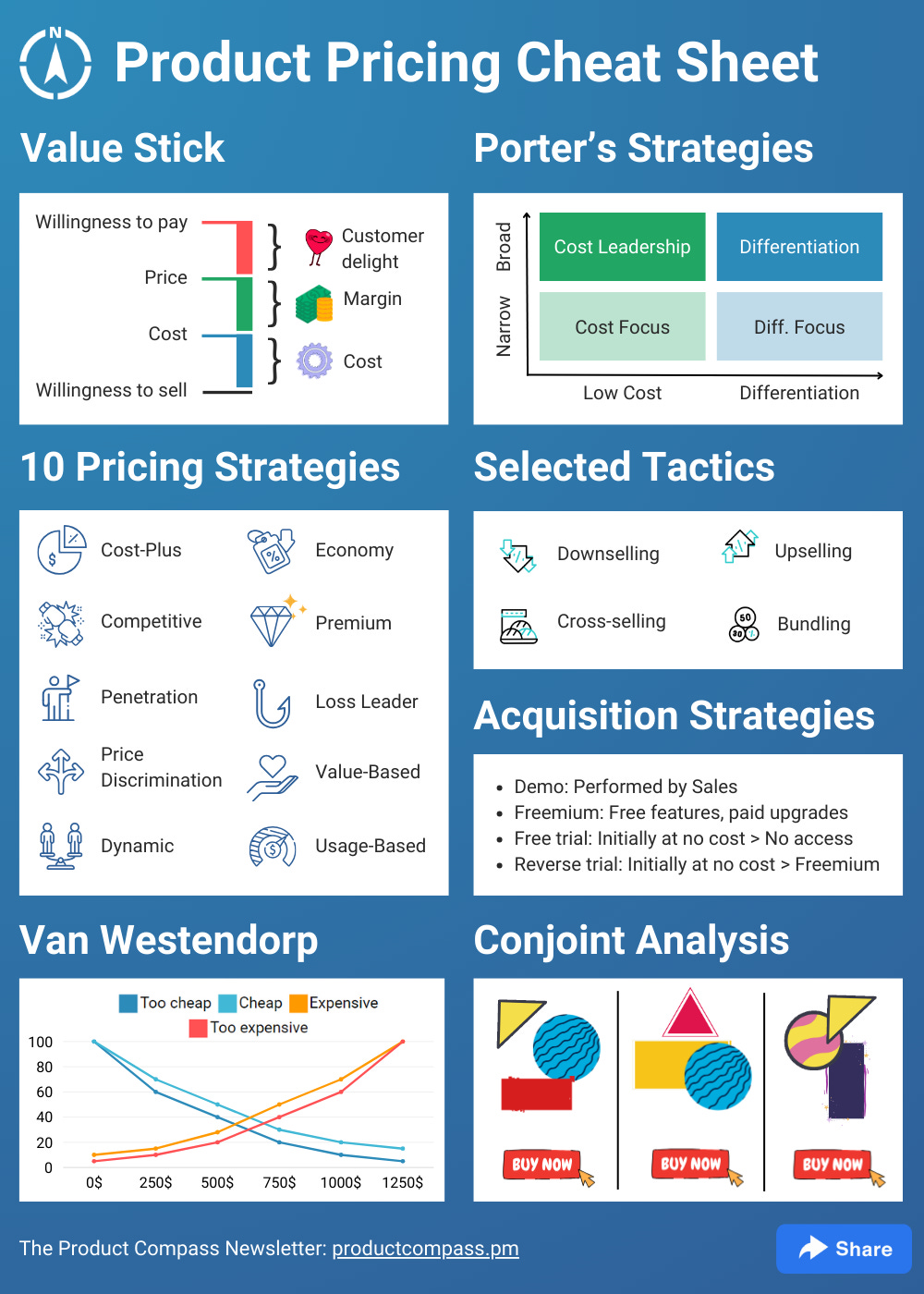The Link In Between Brand Name Positioning and Your Pricing Strategy
The Link In Between Brand Name Positioning and Your Pricing Strategy
Blog Article

Master Effective Rates Strategies to Make The Most Of Revenue
In the ever-evolving landscape of commerce, grasping efficient prices techniques is crucial for services intending to make the most of profit. A nuanced understanding of rates psychology can significantly affect customer habits and investing in choices.
Comprehending Prices Psychology
Comprehending pricing psychology is crucial for services intending to optimize their rates methods. This field examines just how consumers regard prices and just how these understandings influence their getting decisions. Trick ideas in pricing psychology consist of the anchoring effect, where the preliminary rate offered serves as a referral factor for customers, and the idea of rate sensitivity, which varies among different customer sections.
Furthermore, businesses can leverage the concept of viewed worth, where the perceived benefits of a product and services can justify a greater price factor. For example, premium rates can create an aura of exclusivity, attracting customers who connect higher rates with premium top quality. On the other hand, psychological pricing, such as setting a price at $9.99 as opposed to $10, can considerably influence customer behavior by making prices show up extra appealing.
Moreover, shortage and urgency can improve the regarded value of products, prompting quicker investing in choices. Recognizing these psychological triggers enables services to develop pricing techniques that not only drive sales however additionally foster consumer loyalty. Thus, grasping rates psychology is vital for effective rates strategy formula, resulting in boosted success and market positioning.
Applying Value-Based Rates

First, conduct thorough market study to identify the worth motorists for your target market. This can consist of functions, top quality, brand credibility, and customer care. Next, segment your clients based on their willingness to pay and the worth they view. By doing so, you can customize offerings and prices approaches to line up with various segments.
Constantly monitor market conditions and customer responses to refine your rates approach over time. By applying value-based prices, businesses can boost success while fostering long-term consumer loyalty.
Discovering Dynamic Pricing Designs
In today's rapidly changing market landscape, vibrant rates versions have become an effective strategy for services seeking to optimize earnings and reply to variations sought after. These designs permit firms to adjust their prices in real-time based on different variables such as customer behavior, market fads, and supply levels. By leveraging data analytics and formulas, companies can determine optimum rates factors that make best use of sales while remaining competitive.
Dynamic pricing can take various forms, consisting of time-based pricing, where rates fluctuate based upon time of day or period, and demand-based pricing, which readjusts rates according to existing customer need. This adaptability not only enhances profitability yet additionally improves consumer complete satisfaction by providing prices that reflect real-time market conditions.
Executing dynamic rates needs a robust technological framework and a deep understanding of customer sections. It is essential for companies to monitor market signals and customer feedbacks constantly, making sure that pricing techniques align with more comprehensive service purposes. Transparent interaction concerning rates modifications can help minimize customer dissatisfaction and foster count on, ultimately leading to sustained productivity in an affordable industry. Embracing dynamic prices can therefore be a transformative approach in the quest for optimizing profits.
Studying Rival Pricing
Monitoring competitor pricing is essential for businesses aiming to maintain an one-upmanship in their particular markets. By assessing competitors' prices methods, firms can identify market fads, comprehend consumer choices, and adjust their pricing appropriately. This analysis entails event data on rivals' costs, advertising strategies, and item offerings to notify rates choices.
To properly assess competitor prices, organizations must utilize different devices and techniques, such as cost monitoring software application, marketing research records, and client comments. This data can reveal just how competitors place their solutions and products, permitting businesses to distinguish their offerings or embrace similar approaches read here to stay relevant.
Additionally, it is essential to classify competitors right into indirect and straight competitors. Direct rivals supply similar items or solutions, while indirect rivals may satisfy the very same client requirement with different options. Recognizing the subtleties between these groups will certainly allow businesses to customize their pricing techniques better.
Ultimately, continuous competitor rates evaluation is essential for making informed pricing choices. It permits companies to remain active in feedback to market shifts, ensuring they can take chances and reduce risks related to pricing approaches.
Reviewing Prices Efficiency
Recognizing just how competitor prices affects market dynamics causes a natural concentrate on assessing rates performance within one's very own organization. This examination is crucial for determining areas of stamina and possibilities for renovation, inevitably enhancing productivity.

In addition, conducting routine rates audits can expose discrepancies between anticipated and real efficiency. This involves contrasting pricing information across different segments and channels to recognize variations and recognize patterns. Moreover, incorporating consumer responses can supply understandings into perceived value versus actual prices, ensuring check this positioning with market expectations.
Finally, leveraging information analytics devices can help with deeper understandings right into pricing efficiency, making it possible for organizations to make data-driven adjustments (Pricing Strategy). By constantly reviewing rates efficiency, check my site companies can adjust to market modifications and enhance their methods, making sure continual earnings in a competitive landscape
Verdict
By leveraging pricing psychology, companies can enhance perceived worth and tailor rates to varied customer sectors. The adoption of vibrant and value-based pricing versions facilitates real-time adjustments based on demand and consumer willingness to pay.
Understanding rates psychology is critical for services intending to maximize their prices strategies. Understanding these emotional triggers allows companies to formulate pricing strategies that not just drive sales however additionally foster client loyalty. Therefore, understanding prices psychology is essential for efficient rates approach formula, leading to enhanced earnings and market positioning.
By evaluating competitors' pricing approaches, companies can recognize market trends, understand customer preferences, and readjust their rates appropriately. By leveraging rates psychology, organizations can improve perceived value and tailor rates to diverse consumer sectors.
Report this page